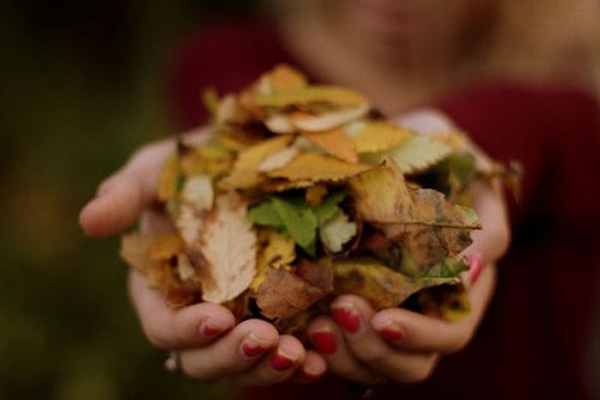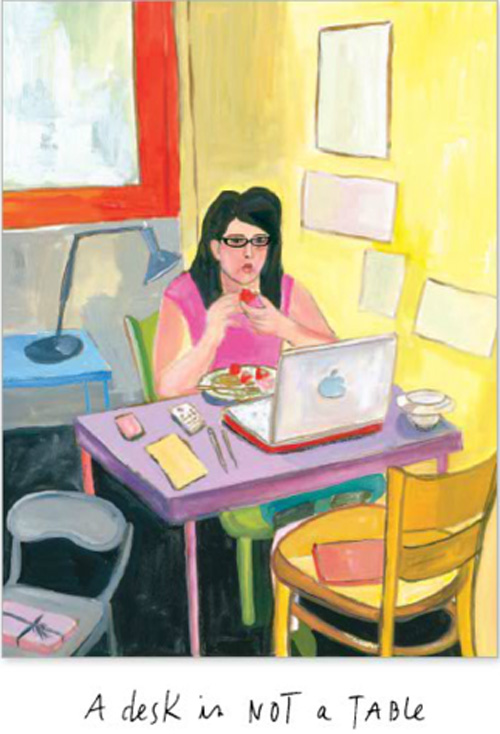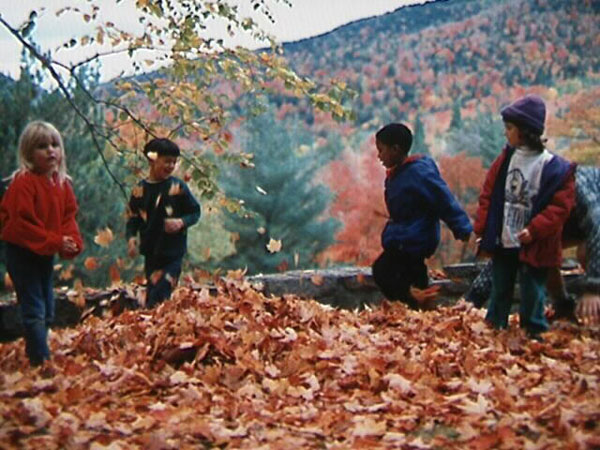 Did you know feeling grateful or appreciative of someone or something in your life can actually attract more of the types of things you want?
Did you know feeling grateful or appreciative of someone or something in your life can actually attract more of the types of things you want?
As we celebrate Thanksgiving, the virtue of giving thanks is an expression of gratitude. This means more to me than just being thankful. It's an acknowledgment that evokes empathy...and expresses kindness.
I like the word gratitude.
Maybe because being thankful is associated with those round table discussions about what we are thankful for -- my kids smirk -- so trite. In response to being grateful, I've had recent reflections about gratitude in a few articles...
This Moms Clean Air Force post about my meeting with Josh Fox, director and narrator of the landmark film about fracking, Gasland, fuels the kind of activism that inspires hope. He says, "If you don't feel hopeful, you're not doing enough." So true.
 In another MCAF post, I thank the EPA on Thanksgiving...
In another MCAF post, I thank the EPA on Thanksgiving...
Do you think it's off the wall to thank a government agency? READ how the EPA has my gratitude. Oh, I almost forgot to mention this post includes 3 of my favorite things: tea, chocolate and wine.
“A growing body of research suggests that maintaining an attitude of gratitude can improve psychological, emotional and physical well-being.” ~ Wall Street Journal
- Adults who frequently feel grateful have more energy, optimism and social connections.
- Adults who feel grateful are less likely to be: depressed, envious and greedy.
- Adults who are grateful are more likely to earn more money, sleep more soundly and have greater resistance to viral infections.
- Kids who feel and act grateful tend to be less materialistic, set higher goals and feel more satisfied with their friends and families.
 Want to find out how grateful you are? Take the TEST.
Want to find out how grateful you are? Take the TEST.
I took the test right before my kids arrived last night from Boston. Here's what I learned:
I don't need a test to tell me I'm grateful for their love.




 Are pumpkins invading your nest like these grinning jack-o’-lanterns that have overtaken this Massachusetts home? Even when the pumpkin glow is at a minimum,
Are pumpkins invading your nest like these grinning jack-o’-lanterns that have overtaken this Massachusetts home? Even when the pumpkin glow is at a minimum, 
